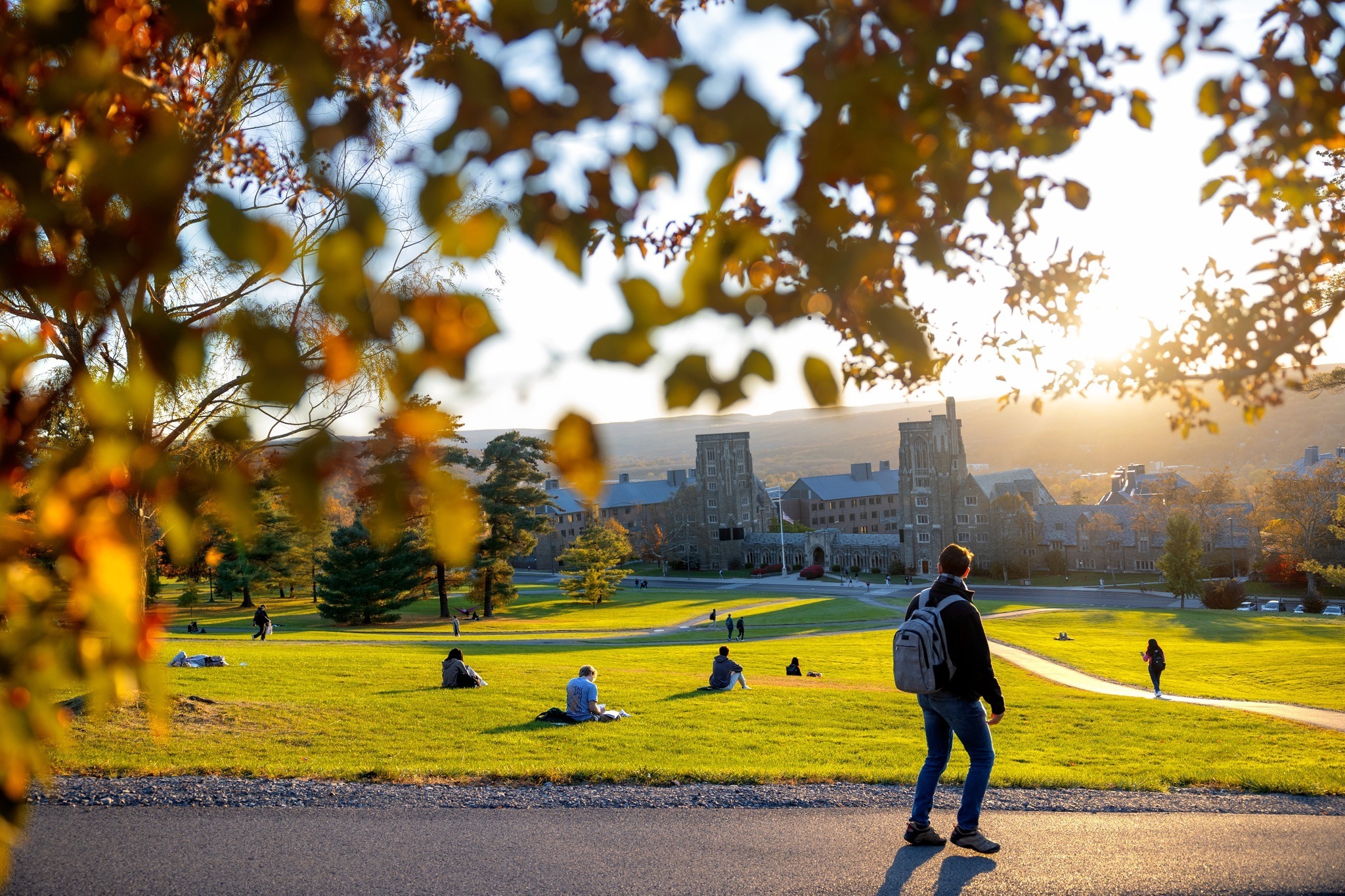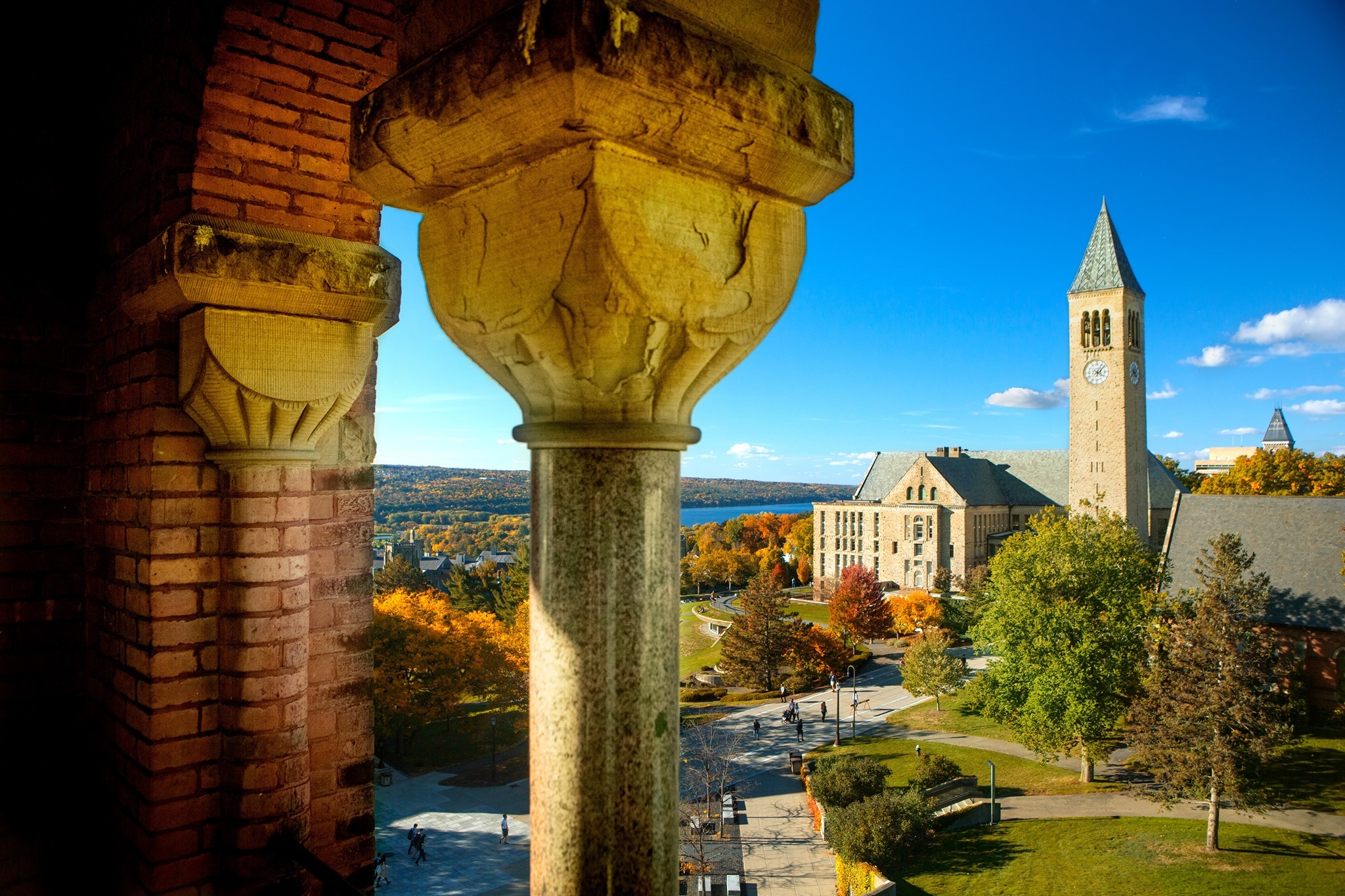Author Archives: mike@standardsmichigan.com
- Home
- Articles posted by mike@standardsmichigan.com (Page 28)

Turkey Pot Pie Soup
Cornell University Dining: Student & Campus Life
Ingredients:
- 1/4 cup flour
- 2 cups turkey stock
- 4 cups fat free milk
- 2 large celery stalks, chopped
- 1 1/2 cups chopped onion
- 8 oz sliced cremini mushrooms
- Salt and pepper to taste
- 2 Tablespoons chopped parsley
- 8 oz frozen peas and carrots
- 1 teaspoon turkey bullion
- 2 medium potatoes, cubed small
- 16 oz cooked turkey breast, diced small or shredded
Directions:
- 1.Create a slurry by combining 1/2 cup of the cold broth with flour in a medium bowl and whisk until well blended. Set aside.
- 2.Pour remaining broth and milk into a large pot and slowly bring to a boil.
- 3.Add celery, onion, mushrooms, parsley, fresh pepper, frozen vegetables, and bullion, and return to a boil. Partially cover and simmer on low until vegetables are soft, about 20 minutes.
- 4.Remove lid, add potatoes and cook until soft, about 5 minutes.
- 5.Add turkey, and slowly whisk in slurry, stirring well as you add. Cook another 2-3 minutes, until soup thickens, adjust salt and pepper to taste and serve.
*Recipe from Skinny Taste
Nutrition Information: 1 1/3 cups| servings per recipe: 8 | Calories: 192, total fat: 2 g, saturated fat: 0 g, trans fat: 0 g; cholesterol: 1.3 mg, sodium: 159 mg, carbohydrates: 27 g, fiber: 8.3 g, sugar: 8.5 g, protein: 18 g
Sycamore Schools Master Facility Plan
This content is accessible to paid subscribers. To view it please enter your password below or send mike@standardsmichigan.com a request for subscription details.
Ludington Pumped Storage Plant
This content is accessible to paid subscribers. To view it please enter your password below or send mike@standardsmichigan.com a request for subscription details.
Chanukah Celebration
This content is accessible to paid subscribers. To view it please enter your password below or send mike@standardsmichigan.com a request for subscription details.
Advent Carol Service
History of the English Speaking Peoples (Winston Churchill 1956-1958) | Hillsdale College Michigan
🎥 💿 One week to go until the deluxe Christmas Edition of our new @harmoniamundi album ‘John Rutter: A Clare College Celebration’, is released!https://t.co/3OGIU5emb1@johnmrutter: Shepherd’s Pipe Carol@ClareChoir
The Dmitri Ensemble@mrgrahamross, conductor pic.twitter.com/n6TU6rDoe5— Clare College Choir (@ClareChoir) December 5, 2025
Flat White
“This is the story of how Italian sugar growers in the Sunshine State are said to have inspired
the “invention” of the flat white – a drink that would go on to become a global sensation.
— Garritt Van Dyk – Lecturer at the School of Humanities, Creative Industries and Social Sciences
Meet the friendly faces behind the counter of your favourite vendors across our campuses!
From pharmacies to coffee shops and restaurant dining, we’ve got you covered. ☕
Check out the full list of vendors by campus here 👉 https://t.co/kX50eD2DWJ pic.twitter.com/2jLb9vybX9
— University of Newcastle (@Uni_Newcastle) May 2, 2024
Beaver Radio Network FM 90 (KBSB 89.7 FM).
This content is accessible to paid subscribers. To view it please enter your password below or send mike@standardsmichigan.com a request for subscription details.
New update alert! The 2022 update to the Trademark Assignment Dataset is now available online. Find 1.29 million trademark assignments, involving 2.28 million unique trademark properties issued by the USPTO between March 1952 and January 2023: https://t.co/njrDAbSpwB pic.twitter.com/GkAXrHoQ9T
— USPTO (@uspto) July 13, 2023
Standards Michigan Group, LLC
2723 South State Street | Suite 150
Ann Arbor, MI 48104 USA
888-746-3670


















